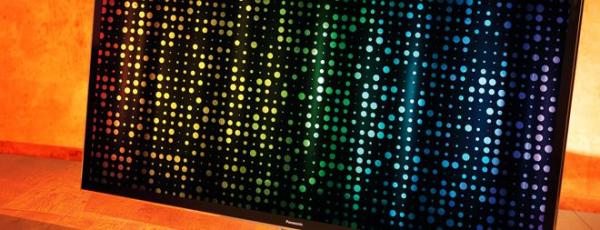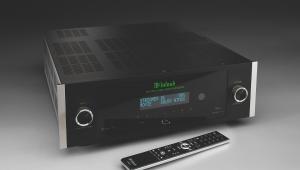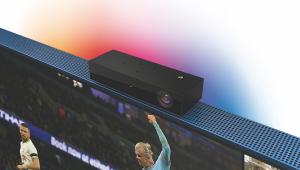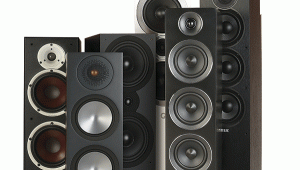Picture this: Passionate about plasma

It happens less these days as the market is awash with LED LCDs, but nothing beats the warm feeling I get during calibration when I know the TV at the end of my measurement probe is a plasma.
The Imaging Science Foundation – which trains and certifies ISF calibrators – ranks in order of importance the following factors that influence picture quality: 1) Contrast ratio/dynamic range; 2) Colour saturation; 3) Colour accuracy; and 4) Resolution. A big part of plasma’s appeal is undoubtedly the prodigious blacks it produces. Not only is this key to its superb contrast performance, it also serves as the ideal canvas for colours to flourish with a richness you’ll never see on lesser displays.
Of course, OLED TVs already eclipse plasmas in outright black level, and most LED LCDs can switch their backlight off when displaying a full black screen, but what defines plasma is its ability to render shadow detail even in the darkest crevices with uncanny clarity while maintaining a deep shade of black across the entire screen. LG’s current OLEDs suffer from black crush along the sides, whereas with LED TVs you’ll get shallower blacks, haloing, crushed shadow detail or backlight fluctuation.
Poetry in motionAnother attribute which sets plasma apart is its motion clarity that cannot be matched, let alone surpassed, by even OLED displays boasting insanely fast pixel response times. The difference lies in the way each display draws its image. LED and OLED TVs hold every frame continuously until the next frame, causing motion blur due to the persistence of the preceding frame in our retina. On the other hand, plasmas – just like CRT TVs – render frames using phosphors whose natural decay process introduces fade-to-black intervals that effectively reset our retinal persistence, thus explaining their inherently high motion resolution. For watching fast-action sports like football, plasma is king.
Two more characteristics of plasma TVs that don’t get enough credit are their excellent screen uniformity and wide viewing angles. Although not found among ISF’s list of PQ-influencing factors, these two attributes affect black level and colour fidelity in ways you might not have thought of.
How many times have you seen the blacks on LED TVs blighted by clouding or corner bleed? And have you ever sat off-centre from an LED TV and wondered why the colours look so desaturated? OLED TVs fare better on both counts, but even LG’s OLEDs exhibit colour uniformity issues, and take on a green tint off-axis. Only plasmas feature immaculate screen uniformity, and can hang onto their inky blacks and vibrant colours when watched from the sides – the impact this has on the viewing experience can't be overstated.
That’s not to say plasma technology is without flaws: image retention, higher power consumption, white-screen buzzing, rainbow trails on high-contrast scenes (some viewers are more sensitive to this) and capped brightness are a few that pop to mind. But when it comes to things that matter to a videophile, plasma delivers, and it delivers in spades.
So why do I get such a buzz whenever I’m fine-tuning a plasma? Maybe it’s because I can envision how great the final picture will be. Maybe it’s because I’m helping someone – especially if it’s a Pioneer Kuro or Panasonic ZT (pictured) owner – who truly appreciates good image quality. Or maybe it’s because I’m cherishing every moment with a dying breed of awesome displays.
Do you still own a plasma TV? Thinking of upgrading?
Let us know: email [email protected]
 |
Home Cinema Choice #351 is on sale now, featuring: Samsung S95D flagship OLED TV; Ascendo loudspeakers; Pioneer VSA-LX805 AV receiver; UST projector roundup; 2024’s summer movies; Conan 4K; and more
|






















































